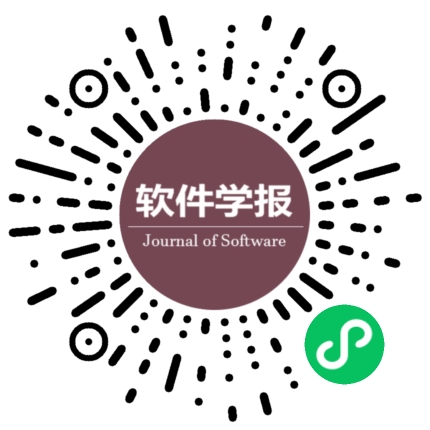量子程序验证
作者:
作者单位:
作者简介:
冯元(1977-),男,四川西充人,博士,教授,博士生导师,主要研究领域为量子计算,程序理论,量子程序验证;应明生(1964-),男,教授,博士生导师,CCF专业会员,主要研究领域为量子计算,程序理论,人工智能基础.
通讯作者:
冯元,E-mail:Yuan.Feng@uts.edu.au
中图分类号:
基金项目:
中国科学院前沿科学重点研究计划(QYZDJ-SSW-SYS003);中国科学院、国家外国专家局创新团队国际合作伙伴计划
Verification of Quantum Programs
Author:
Affiliation:
Fund Project:
Key Research Program of Frontier Sciences, CAS (QYZDJ-SSW-SYS003); CAS/SAFEA Int'l Partnership Program for Creative Research Teams
引用本文
冯元,应明生.量子程序验证.软件学报,2018,29(4):1085-1093
复制相关视频
分享
文章指标
- 点击次数:
- 下载次数:
- HTML阅读次数:
历史
- 收稿日期:2017-12-24
- 最后修改日期:2018-01-03
- 录用日期:
- 在线发布日期: 2018-01-09
- 出版日期:
文章二维码

您是第位访问者
版权所有:中国科学院软件研究所 京ICP备05046678号-3
地址:北京市海淀区中关村南四街4号,邮政编码:100190
电话:010-62562563 传真:010-62562533 Email:jos@iscas.ac.cn
技术支持:北京勤云科技发展有限公司
版权所有:中国科学院软件研究所 京ICP备05046678号-3
地址:北京市海淀区中关村南四街4号,邮政编码:100190
电话:010-62562563 传真:010-62562533 Email:jos@iscas.ac.cn
技术支持:北京勤云科技发展有限公司



